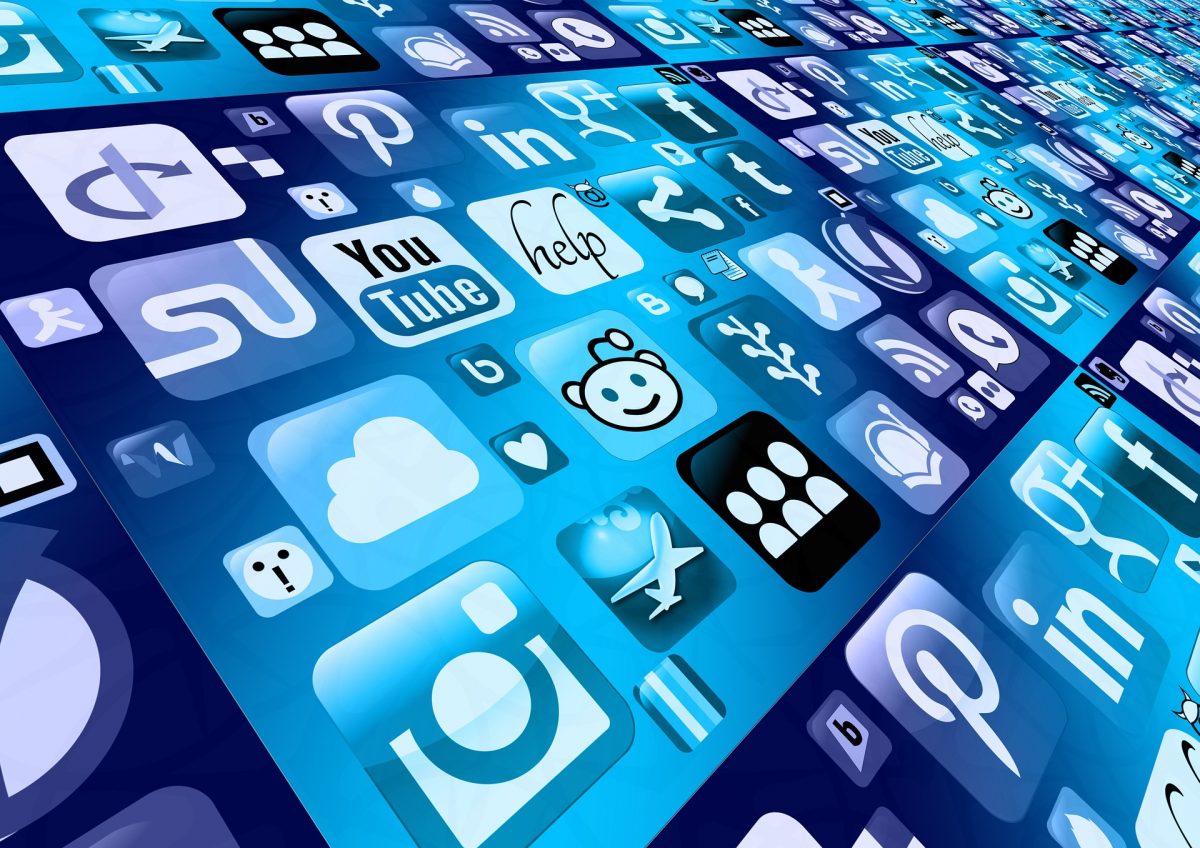Rockwell said it first, “I always feel that somebody is watching me and I have no privacy.” How many times has it occurred to you to discuss that you are interested in buying a product or paying for a service, and right after you unlock your smartphone and…what a coincidence! Your feed on Instagram, Facebook, TikTok, and other social media and search engines is full of ads related to the desired item. Maybe the universe is listening and displaying all the relevant ads. Maybe not.
Let’s use an example to make it more clear. Take, for instance, the use case that you are living in Rotterdam and you are visiting a friend of yours in Amsterdam. That friend of yours is really excited about the iPhone 14 that she ordered online, and she is trying to convince you to buy it. You say that you will think about it and the conversation ends there. You return home, unlock your smartphone, and…surprise! It is literally everywhere in your online presence. How is that possible? You call your mom and start discussing conspiracy theories and how Mark Zuckerberg and Adam Mosseri are eavesdropping. They are not. But if they are not, how do our thoughts and discussions about products magically convert into ads?
They have master’s degrees in tracking and watching our actions in the online and offline worlds as well. If you are not naive or more politically correct, if you have ever read the terms and conditions on Facebook, you would have realized by now that you have consented to surveillance in your online behavior. Every digital step that you make (aka every click) leaves a digital footprint behind, which is turned into data that is saved to your unique online customer profile. Tracking is not restricted to the online world. Back to the I-phone 14 example Facebook tracked your location and found out that you and your friend were together. And, respectively, they track her purchasing history and focus on the last purchase, the iPhone 14. To be honest, anyone who would have paid that amount of money would talk about it. Facebook takes advantage of the probability that your friend discussed that purchase with you and decided to give it a shot with you.
Besides location tracking, Facebook’s algorithm detects similarities and differences in your and your friend’s interests, demographics, places you have been, groups you are a part of, hashtags you follow, and so on (Selman, 2021). If you are influenced by the conversation, you will be tempted by the ads and click on them to find further info. Then the footprint is yours and more ads will be displayed. If you ignore the ads, eventually, after a while, they will be replaced with ads that you are more likely to engage with.
To conclude, there are no conspiracy theories and nobody is listening to your private conversations through your smartphone. That is what Edward Snowden should have probably said in order to not live freely, but he lived many years under asylum because the NSA and CIA wanted to…make him quiet.
Sources:
Selman, H. (2021). Why We See Digital Ads After Talking About Something. [online] McNutt & Partners. Available at: https://www.mcnuttpartners.com/why-we-see-digital-ads-after-talking-about-something/ [Accessed 11 Oct. 2022].


